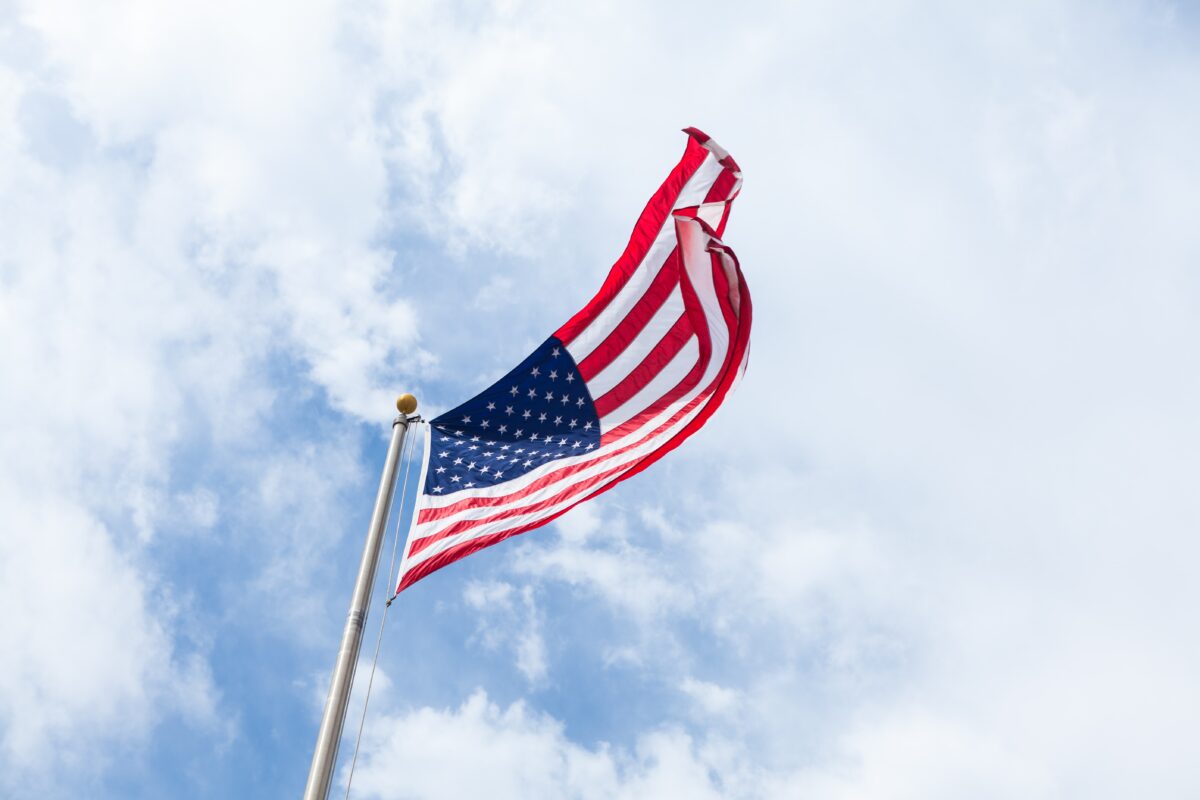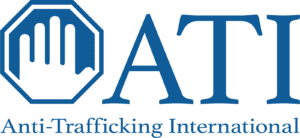
DHS Blue Campaign
https://www.dhs.gov/blue-campaign
The Blue Campaign is the unified voice for the U.S. Department of Homeland Security’s (DHS) efforts to combat human trafficking. Working in collaboration with law enforcement, government, non-governmental and private organizations, the Blue Campaign strives to protect the basic right of freedom and to bring those who exploit human lives to justice.
Awareness and Education
Through the Blue Campaign, DHS raises public awareness about human trafficking, leveraging partnerships to educate the public to recognize human trafficking and report suspected instances. The Blue Campaign also offers training to law enforcement and others to increase detection and investigation of human trafficking, and to protect victims and bring suspected traffickers to justice. To view all available Blue Campaign resources, please visit our resources page.
Victim-Centered Investigations
DHS is responsible for investigating human trafficking, arresting traffickers, and protecting victims. DHS also provides immigration relief to non-U.S. citizen victims of human trafficking. DHS utilizes a victim-centered approach to combat human trafficking, which places equal value on identifying and stabilizing victims and on investigating and prosecuting traffickers. Victims are crucial to investigations and prosecutions; each case and every conviction changes lives. DHS understands how difficult it can be for victims to come forward and work with law enforcement due to their trauma. DHS is committed to helping victims feel stable, safe, and secure. Learn more about DHS’s victim-centered approach to combatting human trafficking.
A Unified DHS Effort
DHS and its components coordinate and unite our efforts to combat human trafficking under the Blue Campaign. Learn more about:
Immigration and Customs Enforcement (ICE)
ICE Homeland Security Investigations (HSI) investigates international and domestic cases of human trafficking and provides support to victims. ICE accomplishes this mission by making full use of its authorities and expertise, stripping away the traffickers assets and profit incentives, collaborating with U.S. and foreign partners to attack networks worldwide, and working in partnership with non-governmental organizations to identify, rescue, and provide assistance to trafficking victims.
ICE HSI victim assistance specialists assess a victim’s needs and work with law enforcement agents to integrate victim assistance considerations throughout a criminal investigation. During case investigations, victim assistance specialists assess a victim’s needs and work with law enforcement agents to integrate victim assistance considerations throughout a criminal investigation. ICE HSI can also assist a victim in getting a short-term immigration relief called Continued Presence, which is available only upon request by law enforcement. In the absence of other resources, DHS has an emergency assistance fund which is available for emergency victim assistance needs.
U.S. Citizenship and Immigration Services (USCIS)
USCIS helps protect victims of human trafficking and other crimes by providing immigration relief. Two types of immigration relief for victims of human trafficking and other crimes are available through USCIS: T Nonimmigrant Status (T Visa) and U Nonimmigrant Status (U Visa).
U.S. Customs and Border Protection (CBP)
The focus of CBP is to prevent human trafficking and identify victims of human trafficking along our nations borders and at our ports of entry. With more than 42,000 frontline CBP officers and Border Patrol agents protecting nearly 7,000 miles of land border and 327 ports of entry including official crossings by land, air, and sea, CBP is uniquely situated to deter and disrupt human trafficking.
Federal Law Enforcement Training Center (FLETC)
FLETC provides career-long training to law enforcement professionals on how to identify indicators of human trafficking, immigration options available for potential trafficking victims, and how to conduct human trafficking investigations. FLETC developed a web-based human trafficking training course that teaches officers how to recognize human trafficking encountered during routine duties, how to protect victims, and how to initiate human trafficking investigations.
The Blue Campaign Logo
The Blue Campaign logo conveys unity, strength, and innovation. The logo is representative of the unprecedented collaboration among our dedicated government and non-government partners in the fight against human trafficking. The color blue is internationally symbolic of human trafficking awareness, and the Blue Campaign’s name references the global anti-human trafficking symbols the Blue Heart and the Blue Blindfold, as well as the “thin blue line” of law enforcement.
Follow Us
The Blue Campaign is committed to providing easy access to information regarding DHS programs, initiatives, and activities in the fight against human trafficking. A variety of information about our efforts is available on our resources page.
Like us on Facebook, use the hashtag #BlueCampaign on Twitter, or contact us by email.
For the latest media releases, visit the ICE Newsroom or contact the DHS Press Office at 202-282-8010.

